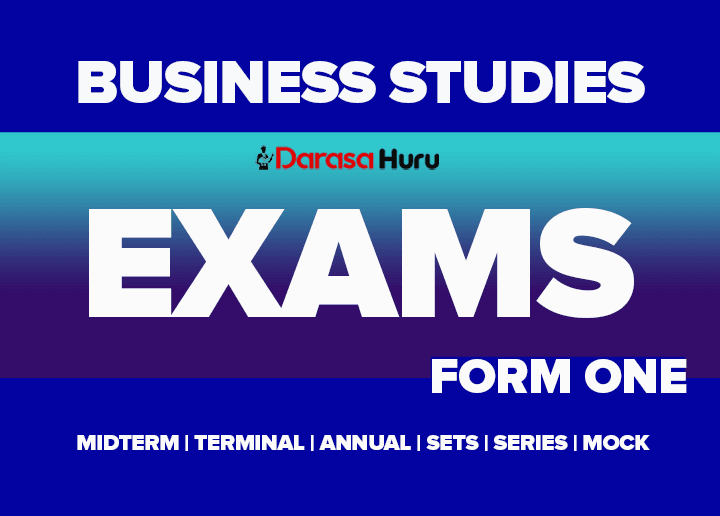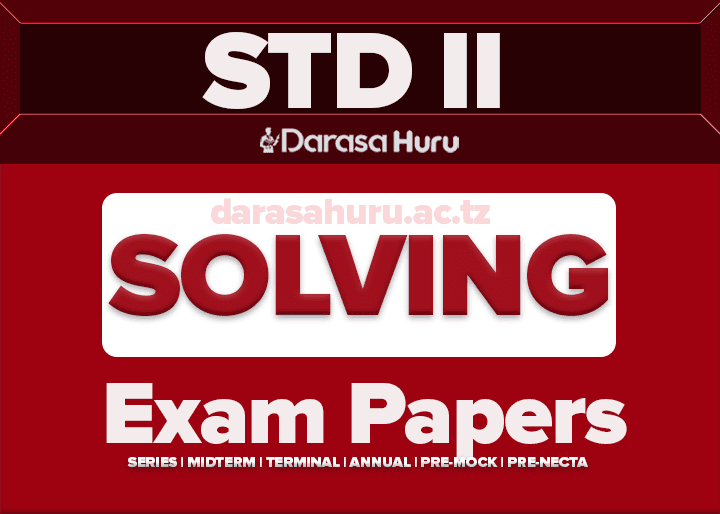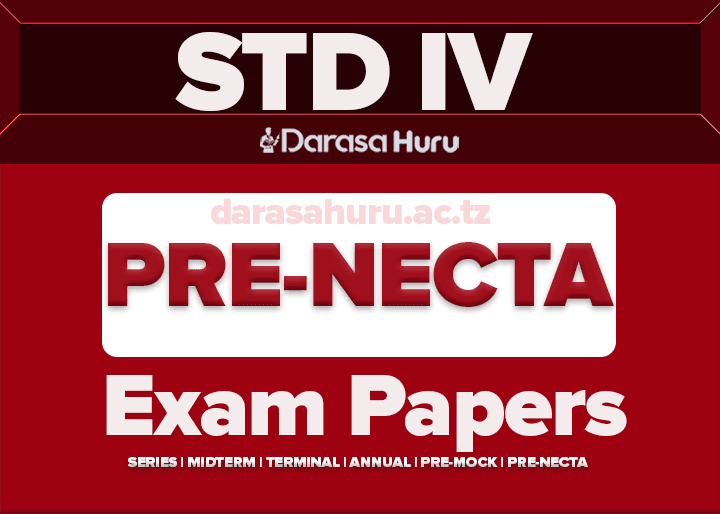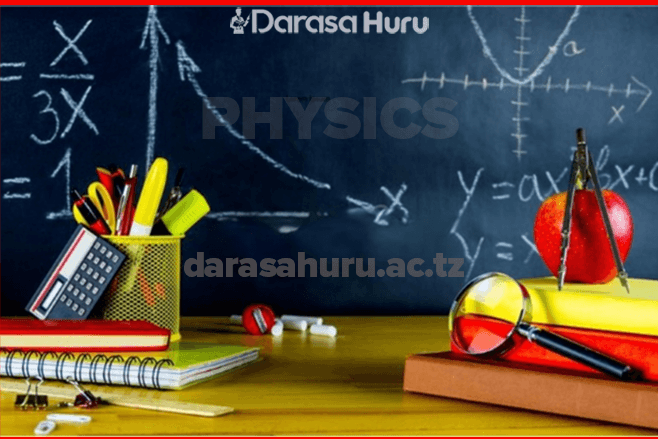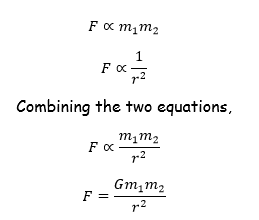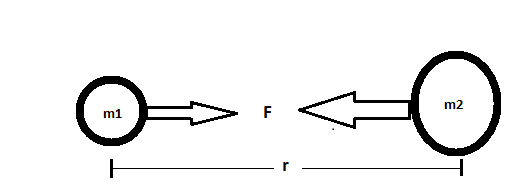The bet winner platform offers players a versatile environment that combines sports betting, online casino options, and mobile access. With a user-friendly design and a wide variety of features, it appeals to both new and experienced users. The platform integrates reliable payment systems, competitive promotions, and multilingual support to create a seamless betting experience. Its commitment to security and accessibility makes it a trusted choice for those seeking convenience and entertainment in a single place.

Sports betting coverage
Sports betting is the core of Bet Winner, and the platform provides access to an extensive range of competitions. Football receives special attention, covering everything from local leagues to major international tournaments. In addition to football, basketball, tennis, volleyball, and cricket are also widely represented. E-sports and virtual sports continue to gain ground, attracting players who prefer innovative betting formats. Live betting allows users to place wagers while games are in progress, making the experience more dynamic.
Types of sports available
Bet Winner features a broad spectrum of disciplines:
-
Football with global and regional leagues.
-
Popular sports such as basketball, tennis, and volleyball.
-
Expanding opportunities in e-sports and virtual events.
This balance ensures coverage for traditional and modern preferences.
Live betting features
The live betting service offers:
-
Odds updated continuously during matches.
-
Multiple betting markets within each game.
-
Access to several events at the same time.
These functions give players more control and flexibility.
Casino entertainment
Beyond sports, Bet Winner provides a complete casino environment. The slots library includes hundreds of machines with various themes and jackpots. Traditional table games like roulette, blackjack, and baccarat are offered in multiple variations. The live casino enhances authenticity by allowing players to interact with real dealers through high-definition streaming. Frequent additions to the game selection ensure variety and freshness.
Casino sections
The casino is divided into main categories:
-
Slot machines with progressive jackpots.
-
Table games such as roulette, blackjack, and baccarat.
-
Live casino games hosted by professional dealers.
This structure appeals to both casual and serious players.
Reliability in gaming
Bet Winner maintains fairness through:
-
Certified software providers.
-
Independent audits to confirm transparency.
-
Regular updates of games and systems.
These measures reinforce confidence in the casino.
Payment systems
Bet Winner offers users multiple options for deposits and withdrawals. Bank cards, e-wallets, and cryptocurrencies are accepted, giving flexibility to different types of players. Deposits are processed instantly, ensuring immediate access to betting or gaming. Withdrawals are secure and completed within short timeframes depending on the chosen method. Advanced encryption protocols are used to protect financial transactions and personal information.
Deposit options
The platform supports:
-
Bank cards such as Visa and MasterCard.
-
E-wallets with wide international acceptance.
-
Cryptocurrencies for fast and flexible payments.
These options make deposits simple and reliable.
Withdrawal procedure
The withdrawal process involves:
-
Selecting the preferred payment method.
-
Entering the necessary account details.
-
Confirming the request for secure processing.
This transparent procedure makes fund management straightforward.
Mobile accessibility and app
Bet Winner is optimized for mobile devices, allowing smooth operation on smartphones and tablets. The website is responsive and adapts automatically to different screen sizes. Additionally, the mobile app for Android and iOS provides an even more convenient experience. It includes all features of the desktop version, including sports betting, casino access, and payment processing. Push notifications keep users updated about matches and promotions.
Benefits of mobile access
The mobile features provide:
-
Easy navigation with an optimized layout.
-
Complete access to betting and gaming services.
-
Notifications for results and promotional offers.
These advantages make it easy to use the platform anywhere.
Mobile app features
The app ensures:
-
Quick download and installation.
-
Compatibility with both Android and iOS.
-
Optimized performance across all services.
This provides efficiency and convenience for users on the go.
Security and support
Bet Winner emphasizes secure usage by applying SSL encryption to all transactions and personal data. Accounts are verified to prevent fraud and unauthorized activity. Games are checked by independent auditors to confirm fairness. Customer support is available in multiple languages, offering assistance through different channels to ensure that users receive help when needed.
Support options
Players can use:
-
Live chat for fast answers.
-
Email for detailed issues.
-
A help center with structured guides.
These services make support accessible and efficient.
Security practices
The platform enforces strong protections such as:
-
SSL encryption on all financial operations.
-
Account verification procedures.
-
Independent audits of games and systems.
These policies ensure safety and trust for users.
Promotions and loyalty rewards
Promotions at Bet Winner add extra value for both new and returning players. Welcome bonuses are offered to new accounts, while cashback, free spins, and exclusive odds are available for regular users. The loyalty program is designed to reward frequent play with personalized benefits. These incentives help increase engagement and long-term satisfaction with the platform.
Promotional offers
The typical offers include:
-
Welcome bonuses for new users.
-
Cashback deals on sports and casino games.
-
Special promotions during major tournaments.
These bonuses enhance the overall experience.
Loyalty program
Frequent users receive:
-
Tailored rewards based on their betting activity.
-
Higher withdrawal limits as loyalty increases.
-
Exclusive access to special promotions.
This program strengthens long-term engagement.
Conclusion
Bet Winner combines sports betting, casino entertainment, and mobile solutions into a single platform. With flexible payment systems, strong security measures, and reliable customer support, it ensures a balanced experience for its users. The promotional offers and loyalty program add more value, making it a complete option for online betting enthusiasts. For players seeking accessibility, variety, and trustworthiness, Bet Winner delivers an environment that meets all expectations.
- Exploring SlotButler.com: A Comprehensive Guide to the Ultimate Online Slot Experience
- Best Betting Sites in Botswana: Reliable choices for local players
- Enhancing Education Quality in Tanzania: Digital Solutions and Challenges
- Integrating Online Courses into the School Curriculum: A First Experience
- New Methods of Online Education in Tanzania





